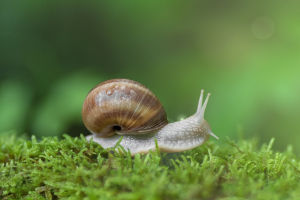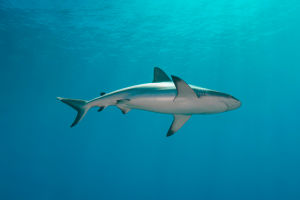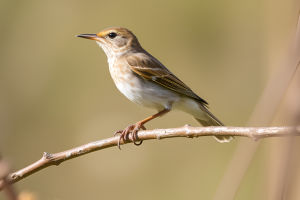Australia is home to a diverse array of wildlife, many of which cannot be found anywhere else in the world. This vast continent supports over 600,000 species, half of which are unique to the country.
Including iconic creatures like kangaroos, koalas, and quokkas. The following list highlights ten of the most fascinating animals that call Australia home, as chosen by IFAW staff.
Quokkas
- Why?: These adorable marsupials are often called the "happiest animals on earth" because of their perpetual smile. Quokkas live a mostly stress-free life due to their lack of natural predators.
- Fun Fact: Quokkas are nocturnal herbivores and can only be found in southwestern Australia and a few nearby islands. However, they are classified as vulnerable, with their population declining due to habitat degradation and invasive species.
Platypuses
- Why?: As one of the few egg-laying mammals (monotremes), the platypus is a true oddity in the animal kingdom, with features resembling a duck, and mole all rolled into one.
- Fun Fact: Platypuses have waterproof fur that glows under UV light. While not endangered, they are near-threatened due to habitat loss from human development.
Lyrebirds
- Why?: These ground-dwelling birds are famous for their extraordinary ability to mimic sounds from their environment, from chainsaws to car alarms!
- Fun Fact: Lyrebirds’ tails resemble a lyre, giving them their name. Both species are currently classified as least concern but face threats from climate change.
Short-beaked Echidnas
- Why?: The echidna combines characteristics of multiple species, from its porcupine-like spines to its egg-laying behavior.
Fitzroy River Turtles
- Why?: This turtle is capable of breathing through its rear end, allowing it to stay submerged for up to 21 days at a time.
- Fun Fact: Native to the Fitzroy River, these turtles are vulnerable due to habitat destruction and predation by invasive species.
Wombats
- Why?: Wombats are known for their strong, defense-ready backsides and cube-shaped, which they use to mark their territory.
Flying Foxes/Fruit Bats
- Why?: Despite their reputation, these creatures are invaluable as pollinators and seed dispersers, supporting entire ecosystems.
Mountain Pygmy Possums
- Why?: As Australia's only hibernating marsupial, the mountain pygmy possum thrives in the alpine regions, adapting to survive in snow-covered environments.
- Fun Fact: These tiny creatures are critically endangered, with habitat destruction and predation by foxes contributing to their decline.
Sugar Gliders
- Why?: With their "built-in capes," sugar gliders can glide between trees and are known for their sweet tooth, feeding on sap and nectar.
- Fun Fact: Though they're small and cute, sugar gliders are wild animals and should not be kept as pets. Their populations are stable, but habitat destruction poses a significant threat.
Greater Gliders
- Why?: These giant gliders, capable of soaring up to 100 meters, are the largest gliding marsupials in Australia.
- Fun Fact: Greater gliders have long fluffy ears and tails longer than their bodies. They are endangered due to habitat loss, but a positive note is that they have been spotted in sanctuaries after the devastating 2019-2020 bushfires.
These animals are just a small sample of Australia's incredible wildlife, but they highlight the continent's unique biodiversity and the importance of protecting these fascinating creatures for generations to come.


